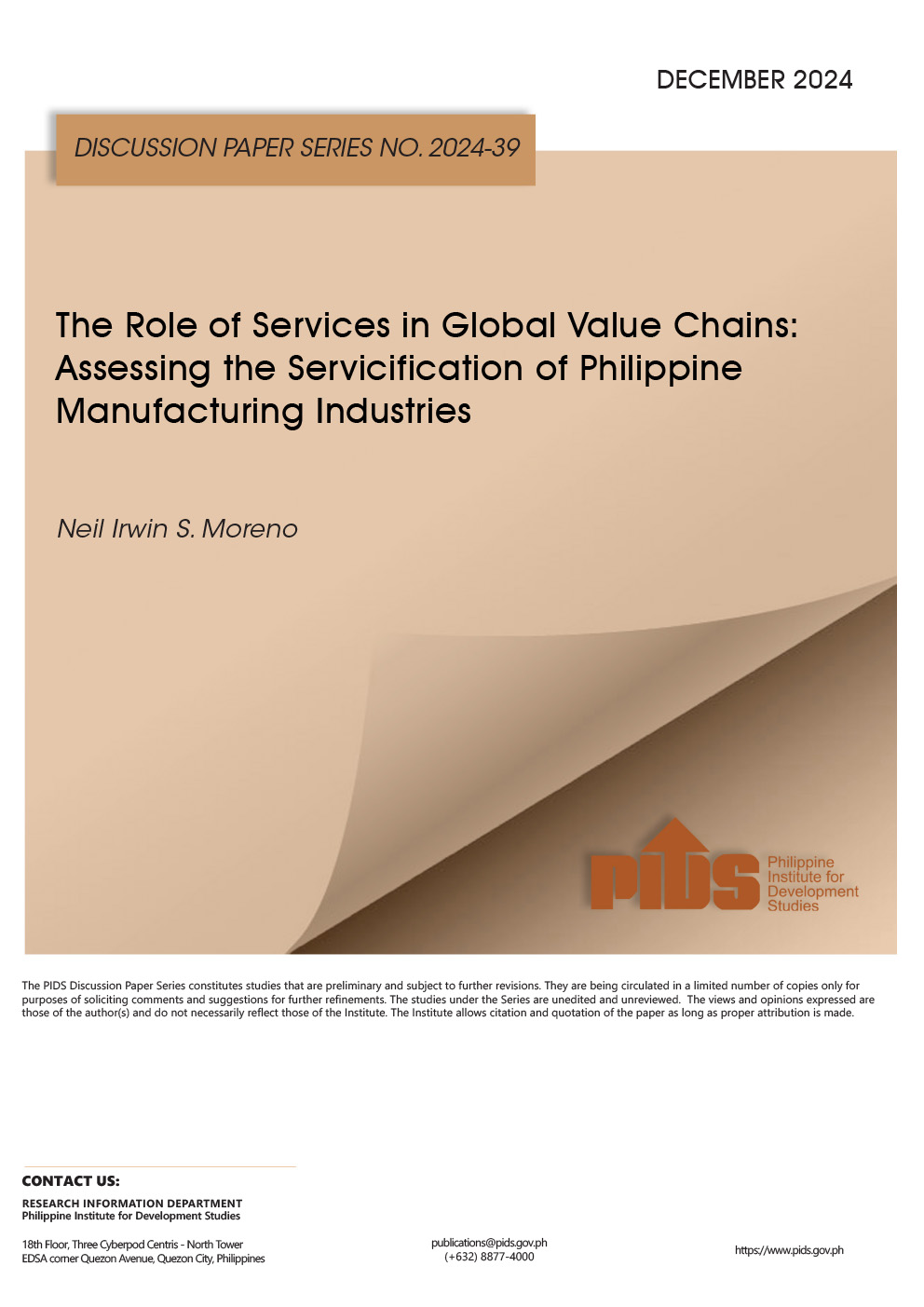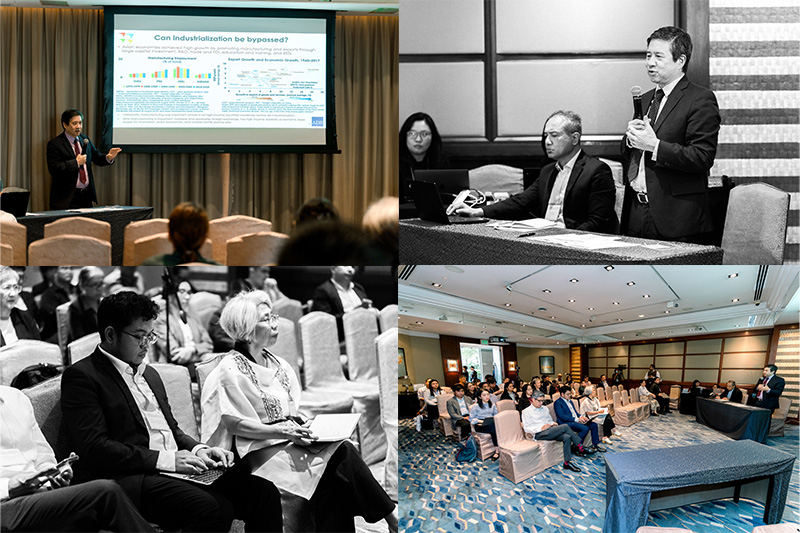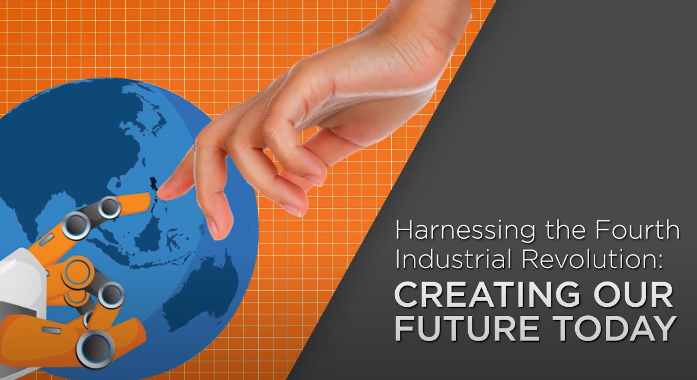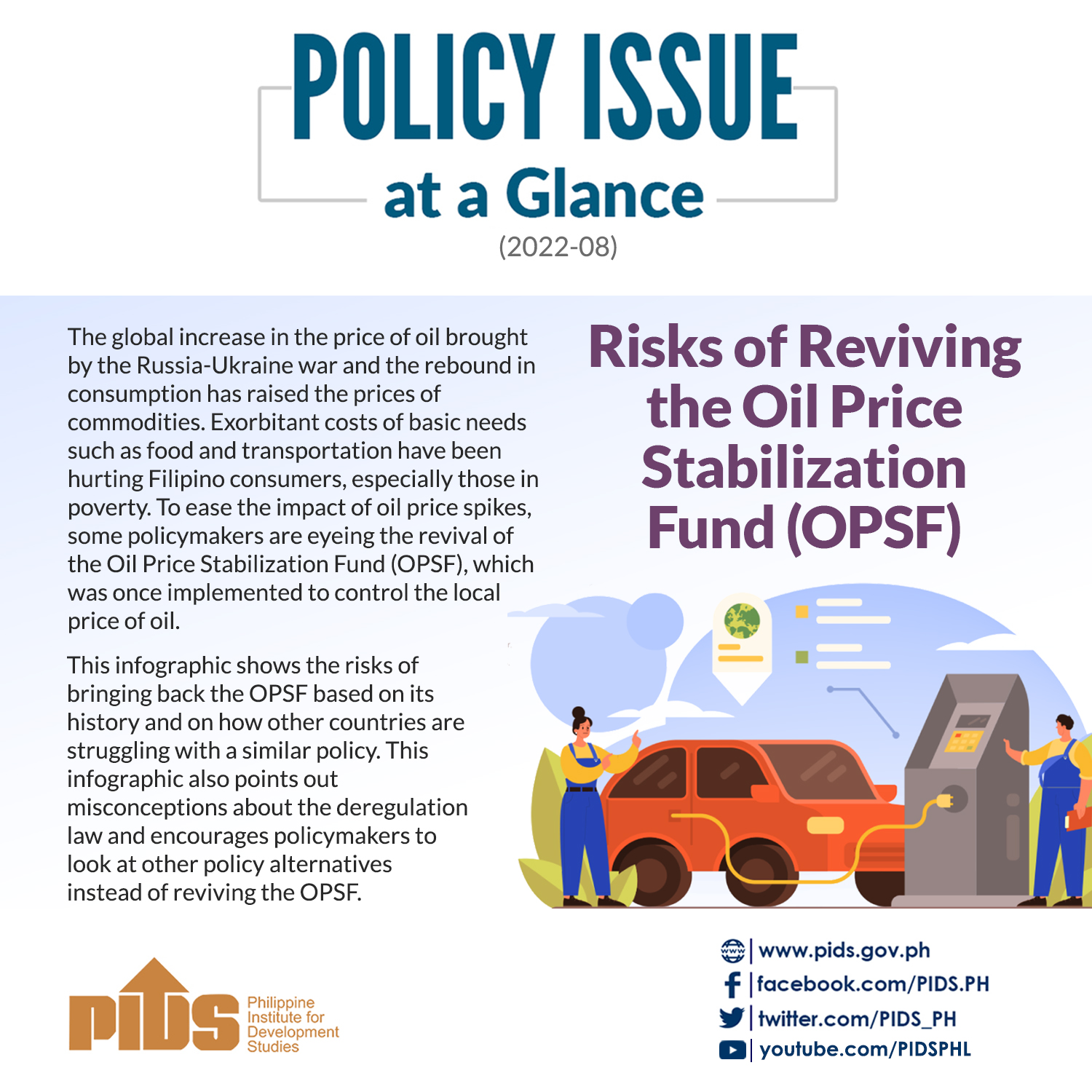Data from the National Statistics Office (NSO) show that exports in January 2013 declined by 2.7 percent to $4.01 billion from $4.12 billion in the same month last year. Exports of manufactured goods accounted for 81.8 percent of total export receipts, estimated at $3.28 billion, down 5.8 percent from $3.48 billion year-on-year. Exports of manufactured goods are dominated by electronics, which generated $1.50 billion in January 2013, down 31.9 percent from $1.57 billion in the same month last year. Point one: our exports are still not broad-based. Manufacturing, which grew by 5.4 percent last year, accounted for only 22 percent of our total GDP for 2012. I’ve seen articles saying that manufacturing accounted for as high as 40 percent of our GDP, but that, I believe, is a time long gone. That’s point two. These two points highlight the need for us to really push through with the revival of our manufacturing sector. So I have decided to make an addendum to my earlier series on manufacturing. It is already an accepted fact that manufacturing will correct the lack of inclusiveness in our economic growth and help us alleviate poverty. The Asian Development Bank (ADB) laments that over the past decade, the industrial sector has grown at much slower rates than its peers in the region, inhibiting economic growth and slowing poverty reduction. However, the ADB recognizes that the Philippines has a big potential to become a key production hub in Southeast Asia, given the tightening labor markets in other countries and natural disasters in others, among other factors. The 2012 Economic Policy Monitor (EPM) of the Philippine Institute for Development Studies (PIDS), which was published recently on its web site, presents findings and recommendations that should strengthen the push for a revival in manufacturing to generate employment and reduce poverty.










